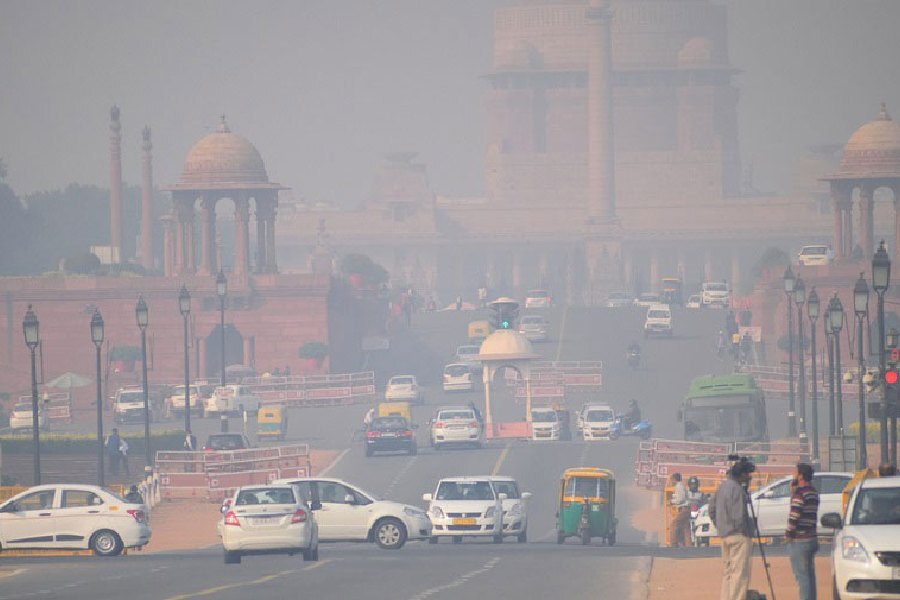New Delhi: A study published in The Lancet Planetary Health journal reveals that, on average, 7.2% of all daily deaths in 10 of India’s largest and most polluted cities, including Delhi, Bengaluru, and Mumbai, are linked to PM2.5 pollution levels exceeding the World Health Organization (WHO) guidelines for safe exposure.
Delhi has the highest proportion of daily and yearly deaths attributable to PM2.5 air pollution, which is primarily caused by particles 2.5 micrometres or less in diameter from vehicular and industrial emissions.
The study, conducted by an international team of researchers including those from Varanasi’s Banaras Hindu University and the Centre for Chronic Disease Control in New Delhi, indicates that daily exposure to PM2.5 pollution in Indian cities is associated with a higher risk of death. They suggest that locally generated pollution may be a significant contributor to these deaths.
Key Findings of the Study Include:
A 10 micrograms per cubic metre increase in the average of fine particulate matter (PM2.5) pollution over two days (short-term exposure) correlates with a 1.4% increase in daily mortality.
When focusing on observations below Indian air quality standards, the risk of death doubles to 2.7% per 10 microgram per cubic metre increase. This is higher compared to WHO guidelines for safe exposure, which recommend a limit of 15 micrograms per cubic metre of PM2.5 over a 24-hour period. Indian standards prescribe a much higher limit of 60 micrograms per cubic metre over the same period.
City-wise data from the study show:
Delhi experienced a 0.31% rise in daily mortality per 10 micrograms per cubic metre increase in PM2.5.
Bengaluru saw a significant 3.06% rise in daily mortality for the same increase in PM2.5 levels.
The study also highlights that the causal effects of locally generated pollutants were particularly strong in cities with lower concentrations of air pollution, such as Bengaluru, Chennai, and Shimla.
Entitled “The first multi-city, time series analysis of short-term exposure to PM2.5 and daily mortality in India,” the study analysed approximately 36 lakh daily deaths across ten Indian cities between 2008 and 2019. Other cities included in the analysis were Ahmedabad, Hyderabad, Kolkata, Pune, Shimla, and Varanasi.






